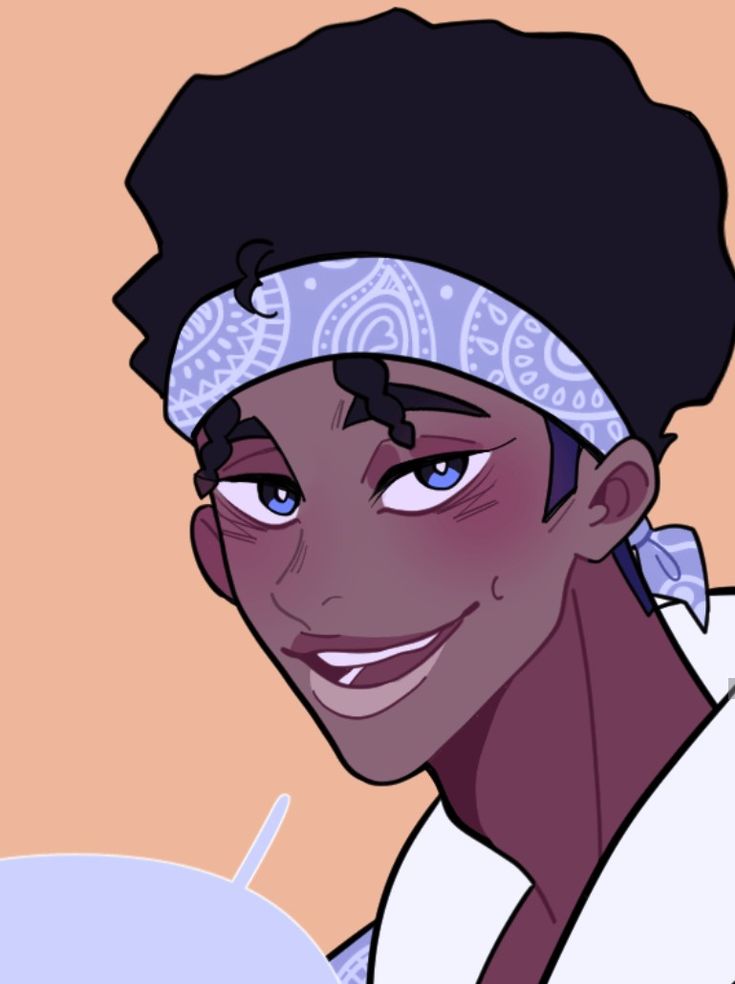Webtoons, a digital platform for comics and graphic novels, have revolutionized storytelling by embracing the limitless possibilities of the multiverse. Through innovative storytelling techniques, webtoons offer readers immersive experiences that transcend traditional narrative boundaries. One of the most compelling aspects of webtoons is their ability to explore diverse universes, each with its own unique set of rules, characters, and conflicts. Unlike traditional print comics, who often adhere to linear storytelling, webtoons have the freedom to branch out into multiple storylines, allowing creators to craft intricate and interconnected narratives that span across dimensions. At the heart of this redefinition of storytelling lies the concept of the multiverse, a theoretical framework that posits the existence of multiple parallel universes. Webtoons harness this concept to create rich and expansive worlds that defy the constraints of reality. Whether it is a fantastical realm filled with mythical creatures or a futuristic dystopia where technology reigns supreme, webtoons transport readers to realms beyond their imagination. By seamlessly blending elements of fantasy, science fiction, and reality, webtoons offer a kaleidoscopic view of the multiverse, inviting readers to explore endless possibilities.

One of the key strengths of 툰코 is their ability to leverage digital technology to enhance the storytelling experience. Unlike traditional comics, which are confined to the physical page, webtoons utilize dynamic visuals, sound effects, and interactive features to engage readers on a deeper level. Through scrolling panels and animated sequences, webtoons create a sense of movement and fluidity that draws readers into the story. Moreover, the integration of sound and music adds another layer of immersion, transforming the reading experience into a multisensory journey through the multiverse. Another defining aspect of webtoons is their emphasis on user participation and community engagement. Unlike traditional publishing models, which often prioritize top-down storytelling, webtoons empower creators and readers alike to shape the narrative landscape. Through platforms like LINE Webtoon and Tapas, creators can interact directly with their audience, soliciting feedback, and incorporating fan suggestions into their work. This collaborative approach not only fosters a sense of community among readers but also allows for greater diversity and inclusivity in storytelling.
Furthermore, webtoons challenge conventional notions of storytelling by blurring the lines between genres and mediums. From romance and drama to action and horror, webtoons encompass a wide range of genres, catering to diverse interests and tastes. Moreover, webtoons often transcend the boundaries of traditional print media, incorporating elements of animation, gaming, and virtual reality into their narratives. By embracing this hybrid approach, webtoons push the boundaries of storytelling, offering readers an immersive and interactive experience that defies categorization. In conclusion, webtoons represent a groundbreaking evolution in storytelling, redefining the way we engage with narratives in the digital age. Through the exploration of the multiverse, innovative use of technology, and emphasis on community participation, webtoons offer readers a glimpse into endless worlds of imagination and possibility. As we continue to push the boundaries of storytelling, webtoons stand at the forefront of this creative revolution, inspiring readers and creators alike to explore new frontiers in the art of storytelling.
